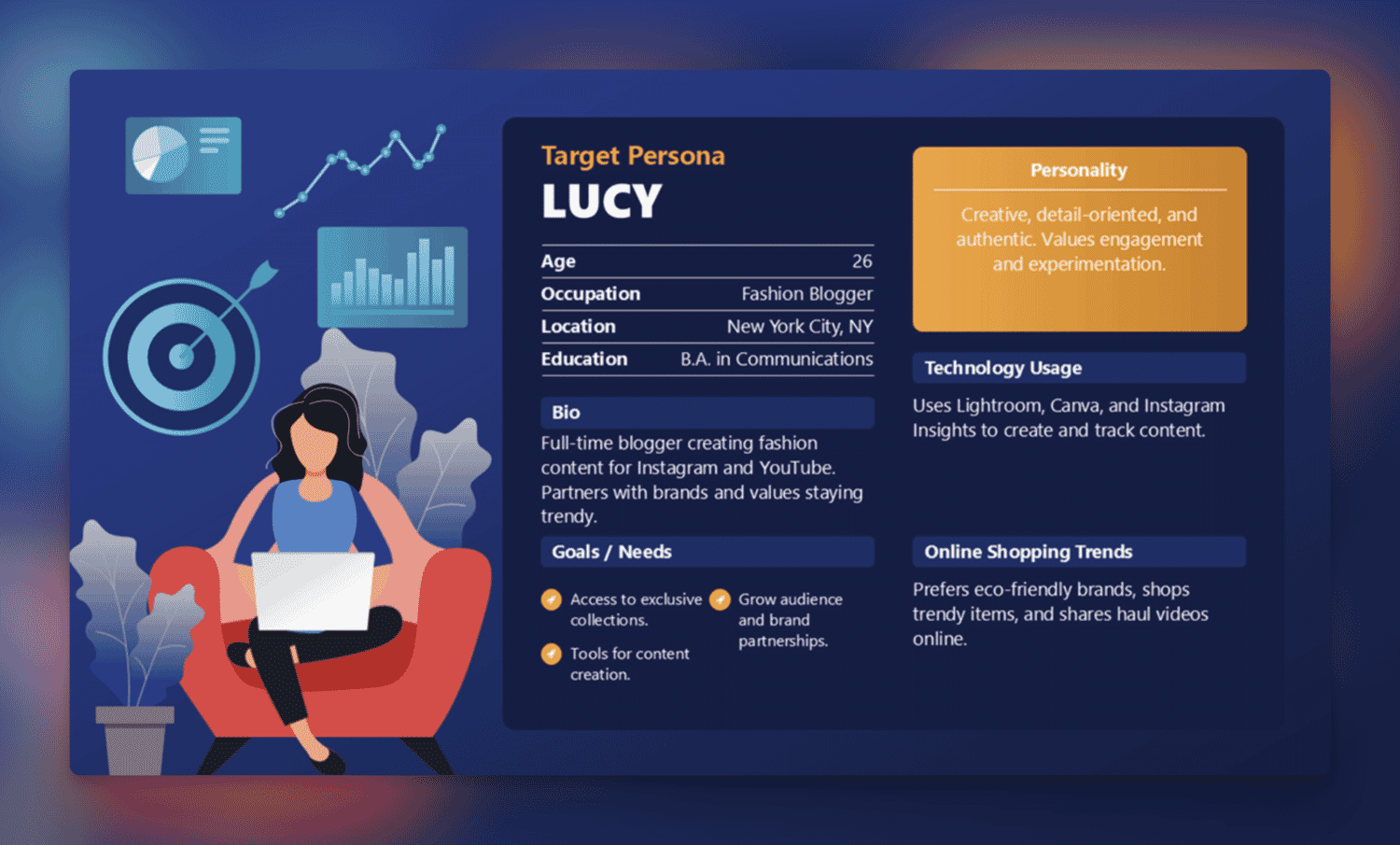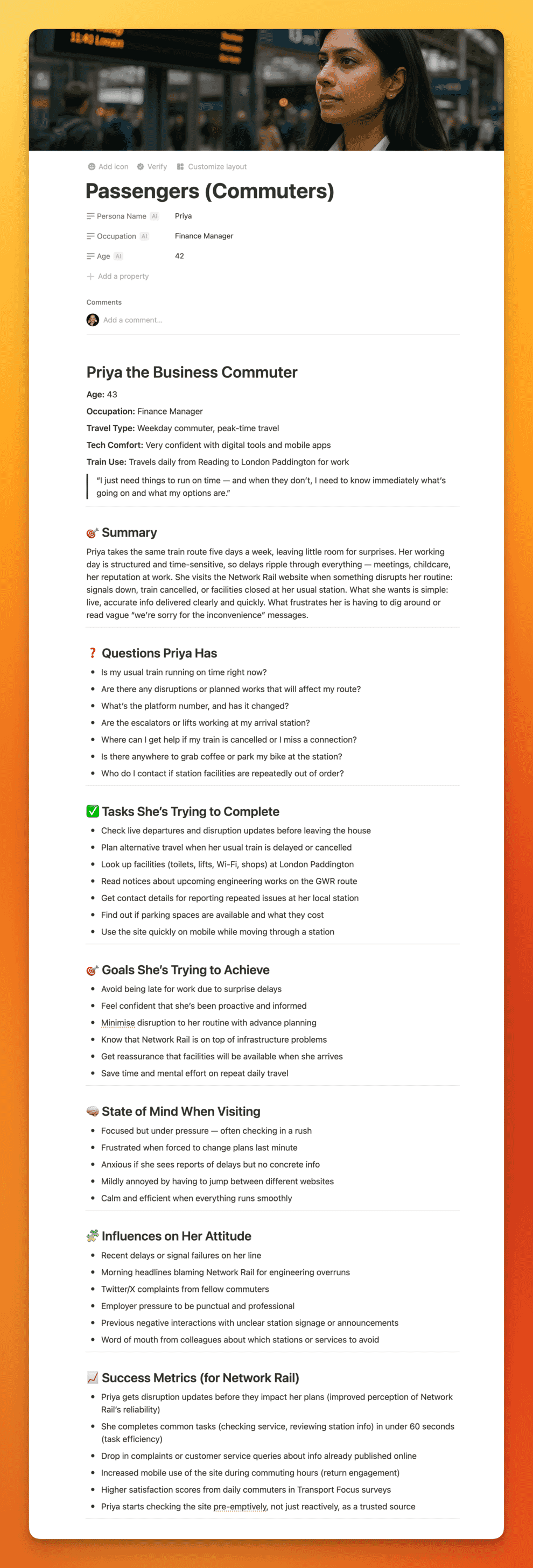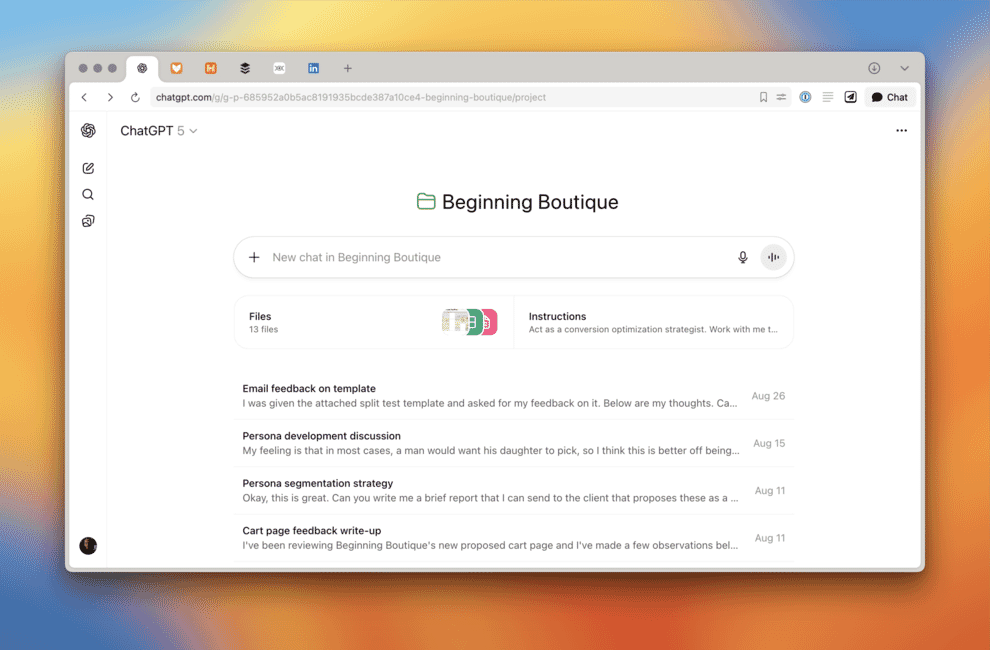Functional Personas With AI: A Lean, Practical Workflow
Traditional personas suck for UX work. They obsess over marketing metrics like age, income, and job titles while missing what actually matters in design: what people are trying to accomplish.
Functional personas, on the other hand, focus on what people are trying to do, not who they are on paper. With a simple AI‑assisted workflow, you can build and maintain personas that actually guide design, content, and conversion decisions.
- Keep users front of mind with task‑driven personas,
- Skip fragile demographics; center on goals, questions, and blockers,
- Use AI to process your messy inputs fast and fill research gaps,
- Validate lightly, ship confidently, and keep them updated.
In this article, I want to breathe new life into a stale UX asset.

For too long, personas have been something that many of us just created, despite the considerable work that goes into them, only to find they have limited usefulness.
I know that many of you may have given up on them entirely, but I am hoping in this post to encourage you that it is possible to create truly useful personas in a lightweight way.
Why Personas Still MatterPersonas give you a shared lens. When everyone uses the same reference point, you cut debate and make better calls. For UX designers, developers, and digital teams, that shared lens keeps you from designing in silos and helps you prioritize work that genuinely improves the experience.
I use personas as a quick test: Would this change help this user complete their task faster, with fewer doubts? If the answer is no (or a shrug), it’s probably a sign the idea isn’t worth pursuing.
From Demographics To FunctionTraditional personas tell you someone’s age, job title, or favorite brand. That makes a nice poster, but it rarely changes design or copy.
Functional personas flip the script. They describe:
- Goals & tasks: What the person is here to achieve.
- Questions & objections: What they need to know before they act.
- Touchpoints: How the person interacts with the organization.
- Service gaps: How the company might be letting this persona down.
When you center on tasks and friction, you get direct lines from user needs to UI decisions, content, and conversion paths.

But remember, this list isn’t set in stone — adapt it to what’s actually useful in your specific situation.
One of the biggest problems with traditional personas was following a rigid template regardless of whether it made sense for your project. We must not fall into that same mistake with functional personas.
The Benefits of Functional PersonasFor small startups, functional personas reduce wasted effort. For enterprise teams, they keep sprawling projects grounded in what matters most.
However, because of the way we are going to produce our personas, they provide certain benefits in either case:
- Lighten the load: They’re easier to update without large research cycles.
- Stay current: Because they are easy to produce, we can update them more often.
- Tie to outcomes: Tasks, objections, and proof points map straight to funnels, flows, and product decisions.
We can deliver these benefits because we are going to use AI to help us, rather than carrying out a lot of time-consuming new research.
How AI Helps Us Get ThereOf course, doing fresh research is always preferable. But in many cases, it is not feasible due to time or budget constraints. I would argue that using AI to help us create personas based on existing assets is preferable to having no focus on user attention at all.
AI tools can chew through the inputs you already have (surveys, analytics, chat logs, reviews) and surface patterns you can act on. They also help you scan public conversations around your product category to fill gaps.
I therefore recommend using AI to:
- Synthesize inputs: Turn scattered notes into clean themes.
- Spot segments by need: Group people by jobs‑to‑be‑done, not demographics.
- Draft quickly: Produce first‑pass personas and sample journeys in minutes.
- Iterate with stakeholders: Update on the fly as you get feedback.
AI doesn’t remove the need for traditional research. Rather, it is a way of extracting more value from the scattered insights into users that already exist within an organization or online.
The WorkflowHere’s how to move from scattered inputs to usable personas. Each step builds on the last, so treat it as a cycle you can repeat as projects evolve.
1. Set Up A Dedicated Workspace
Create a dedicated space within your AI tool for this work. Most AI platforms offer project management features that let you organize files and conversations:
- In ChatGPT and Claude, use “Projects” to store context and instructions.
- In Perplexity, Gemini and CoPilot similar functionality is referred to as “Spaces.”
This project space becomes your central repository where all uploaded documents, research data, and generated personas live together. The AI will maintain context between sessions, so you won’t have to re-upload materials each time you iterate. This structured approach makes your workflow more efficient and helps the AI deliver more consistent results.

2. Write Clear Instructions
Next, you can brief your AI project so that it understands what it wants from you. For example:
“Act as a user researcher. Create realistic, functional personas using the project files and public research. Segment by needs, tasks, questions, pain points, and goals. Show your reasoning.”
Asking for a rationale gives you a paper trail you can defend to stakeholders.
3. Upload What You’ve Got (Even If It’s Messy)
This is where things get really powerful.
Upload everything (and I mean everything) you can put your hands on relating to the user. Old surveys, past personas, analytics screenshots, FAQs, support tickets, review snippets; dump them all in. The more varied the sources, the stronger the triangulation.
4. Run Focused External Research
Once you have done that, you can supplement that data by getting AI to carry out “deep research” about your brand. Have AI scan recent (I often focus on the last year) public conversations for your brand, product space, or competitors. Look for:
- Who’s talking and what they’re trying to do;
- Common questions and blockers;
- Phrases people use (great for copywriting).
Save the report you get back into your project.
5. Propose Segments By Need
Once you have done that, ask AI to suggest segments based on tasks and friction points (not demographics). Push back until each segment is distinct, observable, and actionable. If two would behave the same way in your flow, merge them.
This takes a little bit of trial and error and is where your experience really comes into play.
6. Generate Draft Personas
Now you have your segments, the next step is to draft your personas. Use a simple template so the document is read and used. If your personas become too complicated, people will not read them. Each persona should:
- State goals and tasks,
- List objections and blockers,
- Highlight pain points,
- Show touchpoints,
- Identify service gaps.
Below is a sample template you can work with:
# Persona Title: e.g. Savvy Shopper
- Person's Name: e.g. John Smith.
- Age: e.g. 24
- Job: e.g. Social Media Manager
"A quote that sums up the persona's general attitude"
## Primary Goal
What they’re here to achieve (1–2 lines).
## Key Tasks
• Task 1
• Task 2
• Task 3
## Questions & Objections
• What do they need to know before they act?
• What might make them hesitate?
## Pain Points
• Where do they get stuck?
• What feels risky, slow, or confusing?
## Touchpoints
• What channels are they most commonly interacting with?
## Service Gaps
• How is the organization currently failing this persona?
Remember, you should customize this to reflect what will prove useful within your organization.
7. Validate
It is important to validate that what the AI has produced is realistic. Obviously, no persona is a true representation as it is a snapshot in time of a Hypothetical user. However, we do want it to be as accurate as possible.
Share your drafts with colleagues who interact regularly with real users — people in support cells or research teams. Where possible, test with a handful of users. Then cut anything that you can’t defend or correct any errors that are identified.
Troubleshooting & GuardrailsAs you work through the above process, you will encounter problems. Here are common pitfalls and how to avoid them:
- Too many personas?
Merge until each one changes a design or copy decision. Three strong personas beat seven weak ones. - Stakeholder wants demographics?
Only include details that affect behavior. Otherwise, leave them out. Suggest separate personas for other functions (such as marketing). - AI hallucinations?
Always ask for a rationale or sources. Cross‑check with your own data and customer‑facing teams. - Not enough data?
Mark assumptions clearly, then validate with quick interviews, surveys, or usability tests.
The most important thing to remember is to actually use your personas once they’ve been created. They can easily become forgotten PDFs rather than active tools. Instead, personas should shape your work and be referenced regularly. Here are some ways you can put personas to work:
- Navigation & IA: Structure menus by top tasks.
- Content & Proof: Map objections to FAQs, case studies, and microcopy.
- Flows & UI: Streamline steps to match how people think.
- Conversion: Match CTAs to personas’ readiness, goals, and pain points.
- Measurement: Track KPIs that map to personas, not vanity metrics.
With this approach, personas evolve from static deliverables into dynamic reference points your whole team can rely on.
Keep Them AliveTreat personas as a living toolkit. Schedule a refresh every quarter or after major product changes. Rerun the research pass, regenerate summaries, and archive outdated assumptions. The goal isn’t perfection; it’s keeping them relevant enough to guide decisions.
Bottom LineFunctional personas are faster to build, easier to maintain, and better aligned with real user behavior. By combining AI’s speed with human judgment, you can create personas that don’t just sit in a slide deck; they actively shape better products, clearer interfaces, and smoother experiences.